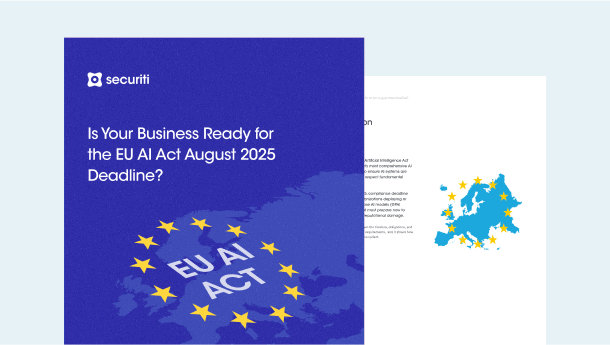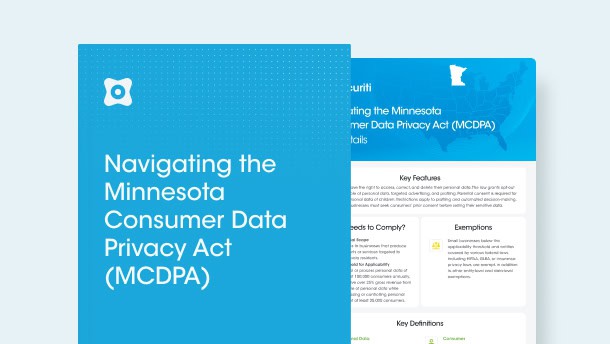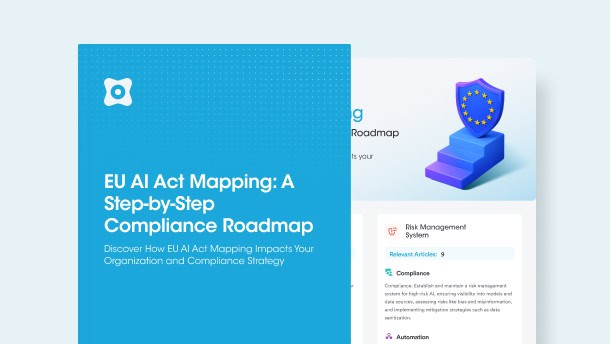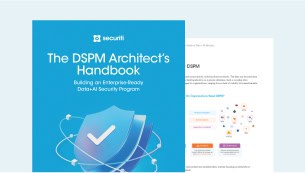Asset tracking is the practice of tracking and recording the movement, usage, or modification of assets within an organization, allowing, measuring and documenting their location, status, and utilization, aiding in asset management, risk assessment, and security incident response.
Why is Asset Tracking Crucial?
Asset tracking has become a critical component for businesses of all sizes and sectors in today's fast-paced, fiercely competitive business world. Whether it’s a growing venture or a Fortune 500 company, the ability to efficiently monitor and handle critical business assets can greatly impact a business's operations and financial performance. The following are some good reasons why asset tracking is essential:
Cost Efficiency
It’s no secret that reduced operational costs result from effective asset tracking. When data assets (systems, applications, databases, etc.) are not tracked properly, it may result in security and regulatory risks. Some of those assets may contain sensitive data that needs appropriate safeguards. Similarly, there are also shadow data assets that are often overlooked during cloud migration, these assets may contain sensitive data.
Improved Productivity
Workflows are streamlined, and employee productivity is increased via asset tracking. With real-time information on asset availability, employees can find and use the resources they require immediately, saving time that would otherwise be spent discovering critical assets.
Enhanced Security
For any organization, safeguarding crucial assets is of utmost importance. Tracing the whereabouts of assets adds an extra degree of protection as it helps trace and retrieve stolen assets more effectively in the event of theft, minimizing financial losses and any inconveniences. Inadequate tracking of data assets (systems, apps, databases, etc.) may lead to security and legal complexities. Safeguarding data assets containing sensitive data is crucial.
Regulatory Compliance
Several regulatory requirements necessitate asset management and reporting. Asset monitoring systems ensure compliance with these evolving rules by providing precise records of asset usage, maintenance, and depreciation.
Maintenance Optimization
Equipment lifespan can be increased, and unexpected downtime can be decreased with preventive maintenance. Asset tracking systems help you avoid expensive breakdowns and repairs by scheduling maintenance based on usage and condition data.
Better Decision-Making
Asset tracking enables data-driven decision-making. Your organization's total efficiency can be increased by locating underutilized assets, making wise purchasing decisions, and allocating resources where they are most needed.
Scalability
As most asset monitoring systems are scalable, they are a must-have for companies of all sizes. No matter how many assets you have, you can customize the system to suit your needs and develop it as your business does.
Methods and Technologies for Asset Tracking
With the introduction of cutting-edge methods and technologies, asset tracking has undergone enormous developments. Modern alternatives like Radio-Frequency Identification (RFID), Global Positioning System (GPS), and Internet of Things (IoT) sensors have replaced outdated techniques like manual record-keeping and barcode scanning. While GPS technology gives accurate position information for mobile assets, RFID tags allow for real-time asset monitoring. IoT sensors provide various information, from environmental factors to asset usage trends. Mobile apps and cloud-based software make accessing and managing asset information simpler than ever from any location, giving organizations strong capabilities to improve security, optimize processes, and minimize expenses. Together, these techniques and tools give organizations the power to improve the effectiveness and accountability of their asset management procedures.
Benefits of Effective Asset Tracking
For organizations, efficient asset tracking has an abundance of advantages. It increases operational efficiency by enabling quick and precise asset location, lowering downtime, and optimizing operations. It also improves security by avoiding theft and securing the return of stolen property. Furthermore, it aids in maintenance schedule optimization, extending equipment lifespan and lowering maintenance expenses. It also helps with regulatory compliance by providing accurate records for auditing needs. Additionally, it can make decisions based on data, which improves resource allocation and reduces costs. In the end, efficient asset tracking increases output and improves customer satisfaction, making it a crucial tool for everyday organizations.
Implementing Asset Tracking Systems
Asset tracking system implementation is a strategic decision that requires numerous crucial measures. First, evaluate the needs and objectives particular to your organization, considering things like the kinds of assets you want to track and the level of accuracy needed. Next, choose the appropriate technology, such as RFID, GPS, or IoT sensors, based on your requirements as well as your budget. After determining, deploy the hardware and software components, making sure they work well with your current systems. Your team should receive proper asset tracking system use training. Update and maintain the system frequently to guarantee reliability and accuracy. Utilize data analysis to inform decisions and keep up-to-date asset management procedures as the system generates data. Asset tracking system implementation is an investment that can result in significant cost savings, increased productivity, and improved security.
Best Practices for Asset Tracking and Management
A set of best practices are necessary for efficient asset management and tracking. Create a comprehensive asset register to record all assets, including their information, location, and condition. This register should be updated frequently to reflect changes appropriately. Improve asset identification by implementing a standardized name or labeling system. Adopt technologies like RFID or barcode scanning for precise and effective data collection. To maintain data integrity and asset accuracy, conduct routine audits. To extend asset lifespans, establish and execute maintenance schedules. Educate employees on asset handling and tracking practices to minimize errors and loss. Finally, take security seriously by proactively preventing theft and illegal access.





































